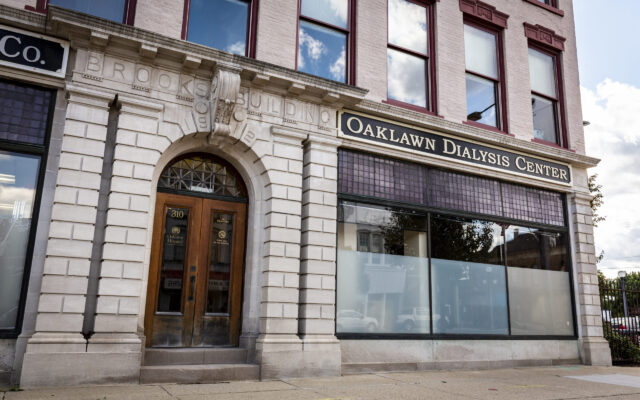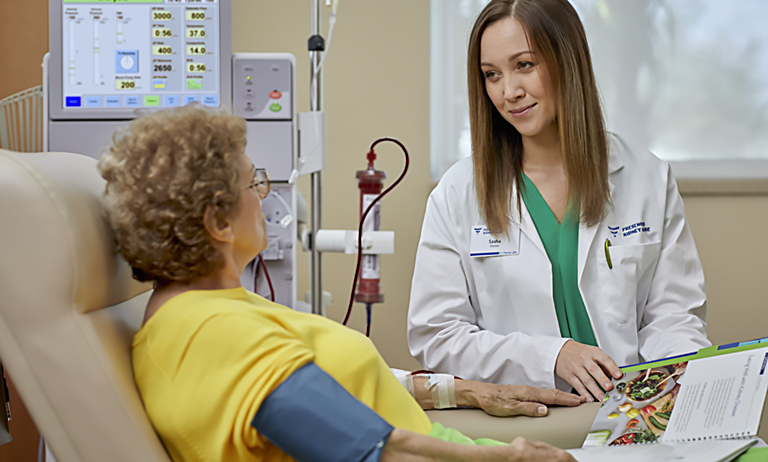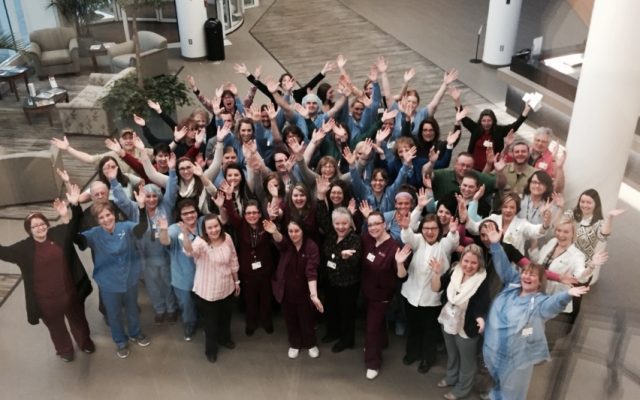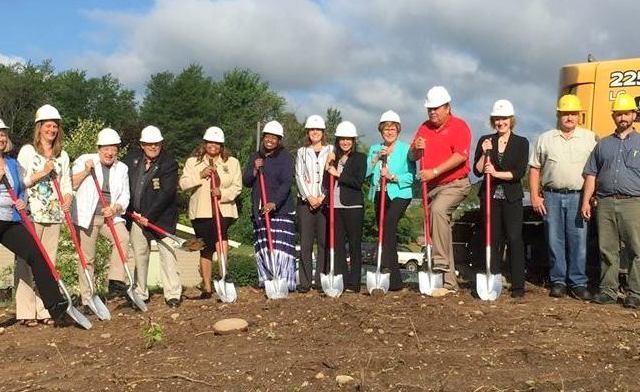
Dialysis

Oaklawn has partnered with Fresenius, to provide compassionate and high quality dialysis care. The Oaklawn Dialysis Center provides the latest technology and equipment to offer the best treatment possible for chronic and acute kidney disease.
Dialysis is a life-saving treatment for people with end-stage renal failure, when about 85 to 90 percent of kidney function is lost. It simulates kidney function by:
- Removing waste, salt and extra water to prevent them from building up in the body
- Keeping a safe level of certain chemicals in the blood, such as potassium, sodium and bicarbonate
- Controlling blood pressure
Most patients require dialysis three times a week for three to four hours each time.
Diabetes is the number one cause of kidney disease, responsible for about 44 percent of all kidney failure. High blood pressure is the second cause, responsible for nearly 28 percent. Another form of kidney disease is glomerulonephritis, a general term for many types of kidney inflammation. Genetic diseases, autoimmune diseases, birth defects and other problems can also cause kidney disease. Each year in the United States, more than 100,000 people are diagnosed with kidney failure.
How Dialysis Works
During hemodialysis, blood is sent from the body to an outside machine (a dialyzer) that filters out the waste and extra fluids and then returns the blood to the body. The blood is filtered using a special solution called a dialystate. In order for the blood to get from the body to the dialyzer, there needs to be an access. There are three kinds of accesses:
- Fistula: An artery and vein are surgically connected in the forearm causing the vein to grow larger and stronger. It usually takes between six weeks to four months to be ready for use. It is considered to be stronger and lasts longer than other types of dialysis access.
- Graft: An artificial tubing is surgically connected to an artery and vein. It can usually be used three to six weeks after placement.
- Catheter: A tube is inserted into a vein in the neck, groin or chest. It can be used immediately after placement, and sometimes is used while waiting for a graft or fistula to mature for use.
There are many benefits of dialysis to patients with end-stage kidney failure. It can greatly improve quality of life and allow patients to feel better, have more energy, improve appetite, experience less nausea and reduce hospital stays.
History of Dialysis
The first artificial kidney was developed in the 1940s by a Dutch physician. There were many advances in the 1960s, but not every patient with kidney failure had access to this life-saving treatment. In 1972, legislation was passed requiring Medicare to pay for dialysis and transplant medical care. Dialysis technology continues to improve today.

